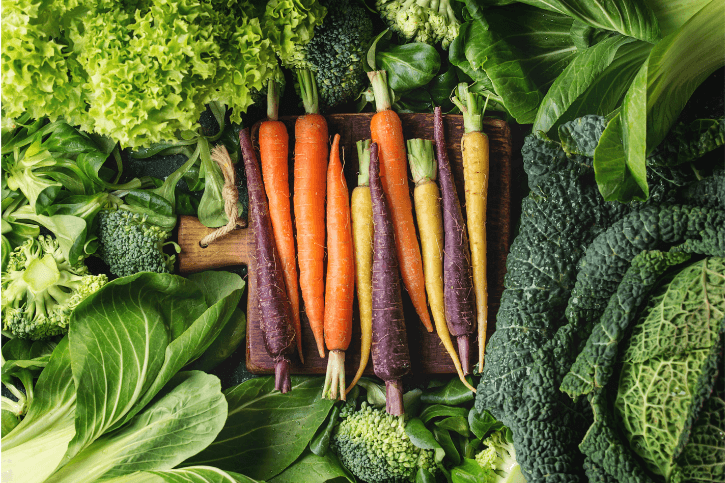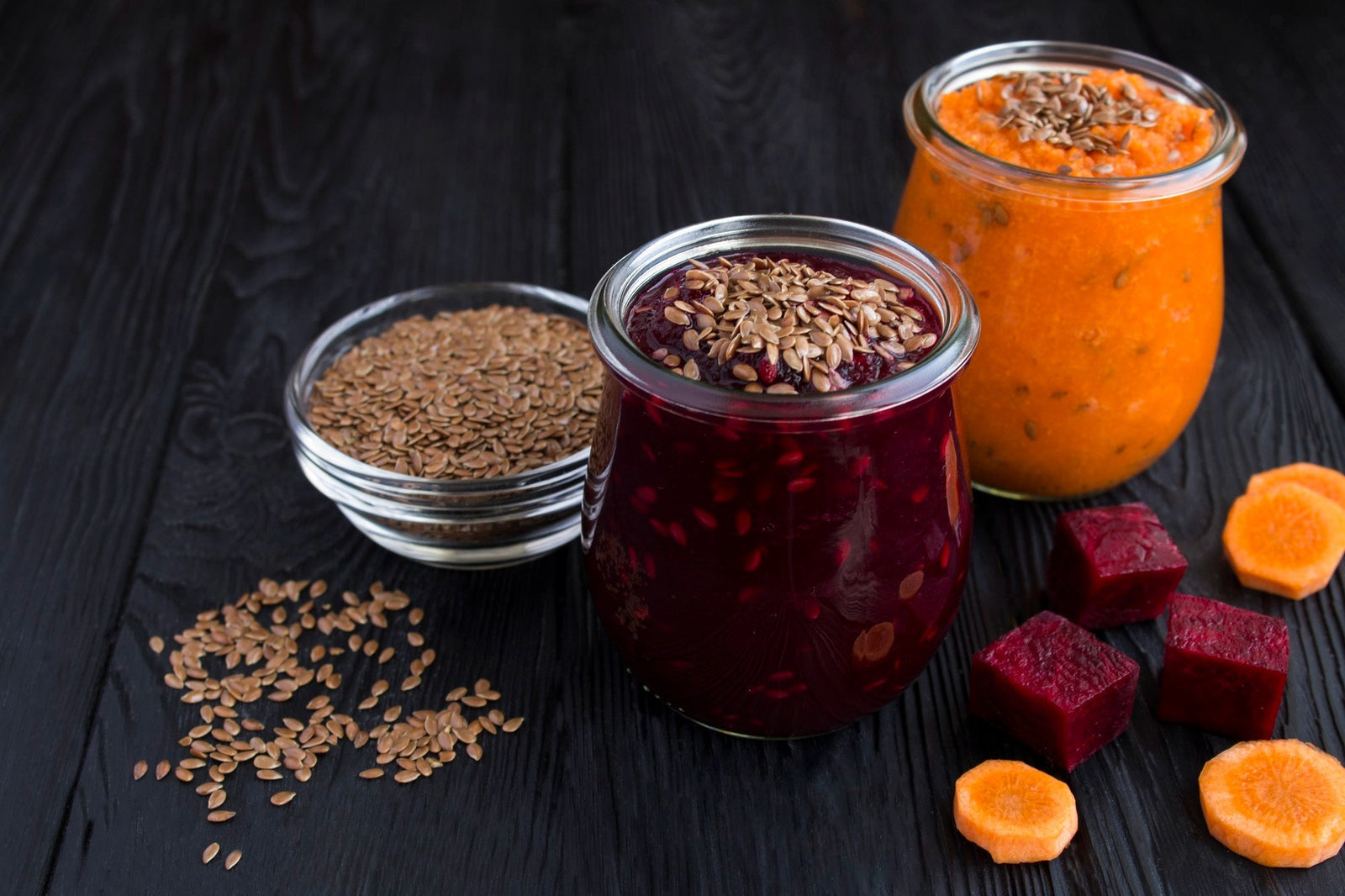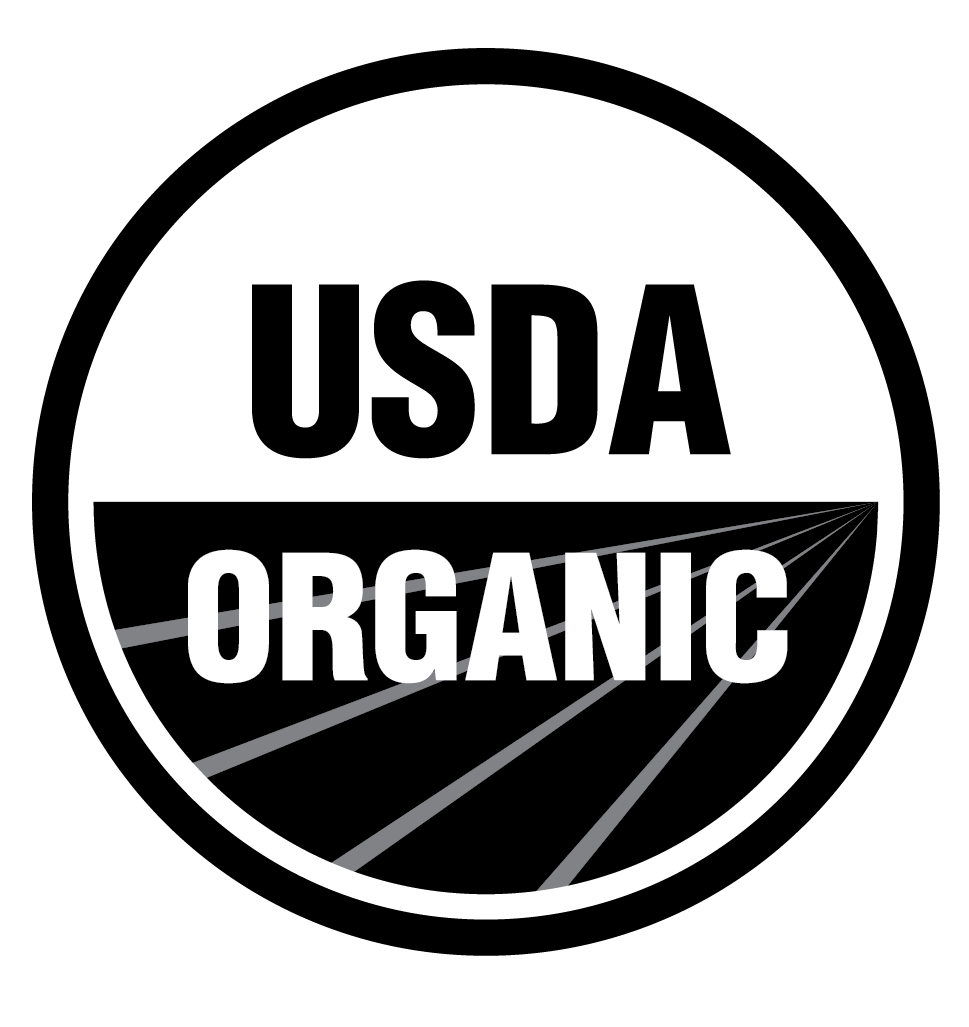
January 05, 2021 2 min read
In the last blog (What are anti-nutrients? part 1) we covered the anti-nutrients phytic acid, lectins, and saponins. This week we will talk about a few more antinutrients that are commonly found in your pantry. Anti-nutrients can prevent the absorption of nutrients found in our healthy natural foods. It is important to know these and some information on how to reduce the number of anti-nutrients in your food.
Oxalates
Oxalates are found in beans and berries and are common in most dark green vegetables. Oxalates can cause kidney stones by binding with calcium to create calcium oxalate crystals in urine. They can cause calcium deficiency (Hypocalcemia) and osteoporosis.
Tannins
Tannins are found in certain fruits, and seeds, as well as tree bark, leaves, and roots. Found in mostly bitter-tasting, yellow or brown colored foods. Tannins prevent absorption of iron and may cause nausea if over-consumed on an empty stomach.
Glucosinolates
Glucosinolates are found in broccoli, brussel sprouts, and kale, and are known to be in foods with a bitter taste. They prevent the consumption of iodine which can enlarge the thyroid gland causing a goiter. These are often not toxic unless consumed in large amounts. They can have some positive nutritional value if consumed properly.
While all of these anti-nutrients are not toxic when eaten in moderate amounts, it's important to remove as much of these from your foods as possible so you will be able to process all the healthy nutrients in your healthy foods. The best way to reduce these anti-nutrients from your food is to soak them before preparing. This will help with the absorption of all the healthy nutrients in your food.
❤ Try our USDA certified organic products ❤
Related Blogs:
Thanks for reading this Be Still Farms Blog article. To sign up for more news/articles and/or recipes, click here. For more about us, click here. To shop our certified organic products, click here.
Please comment and share and we look forward to serving you in the future!
Comments will be approved before showing up.

January 27, 2025 3 min read
Flaxseed, the tiny yet powerful superfood, is packed with nutrients that can support weight loss. From curbing hunger to stabilizing blood sugar, this guide dives into the science of how flaxseed can help you shed those extra pounds.

December 11, 2024 3 min read
Discover three quick and easy soup recipes featuring organic small red beans. From a classic vegetable soup to a creamy potato blend, these wholesome recipes are perfect for chilly days and busy weeknights. Packed with flavor and nutrition, these soups will warm your heart and soul this winter!

December 06, 2024 3 min read
This vibrant and nutritious Green Lentil Salad combines tender lentils with grilled chicken, fresh vegetables, and a zesty lemon dressing. Packed with protein, fiber, and essential vitamins, it’s the perfect healthy meal for any time of day.
© 2025 Be Still Farms- Real, Fine Organics.
Privacy | Terms | Refund Policy | Organic Certification
